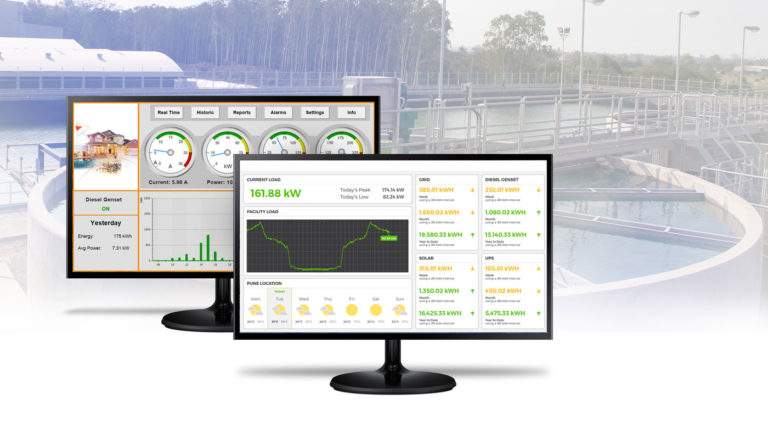
APPLICATIONS OF SCADA
Across industries such as food & beverage processing, pharma, biotech, water/wastewater management, energy management, refrigeration, HVAC & building management, electricity transmission & distribution and more, the application of SCADA in the industry is widespread. First used in the 1960s. SCADA systems are now an integral component in virtually all industrial plant and production facilities. Let’s discuss SCADA in some detail.
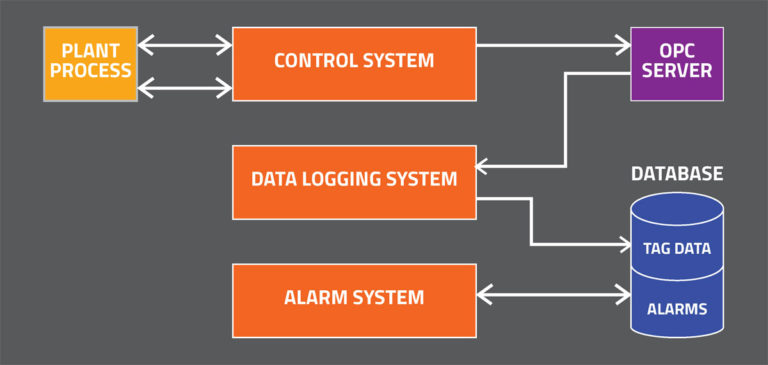
WHAT IS SCADA?
SCADA stands for Supervisory Control and Data Acquisition. SCADA is a computer-based system for gathering and analyzing real-time production data, monitor and manage alarms, and program automatic responses triggered by certain events or system parameters.
It is also able to operate in a cloud environment so that SCADA monitoring and control can be accomplished remotely by using tablets and smartphones.
WHAT ARE THE FUNCTIONS OF SCADA?
The SCADA system of software and hardware enable:
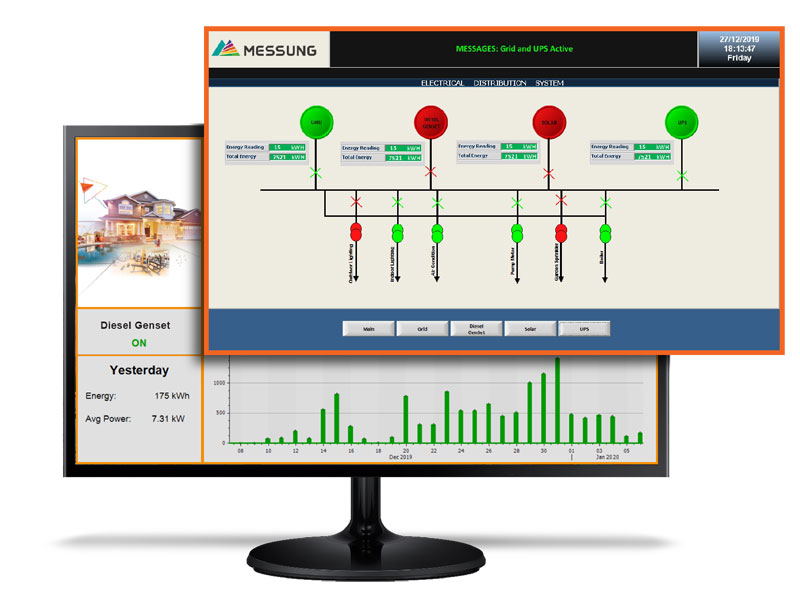
- automated control and management of industrial processes & machines in real-time from a remote location
- data collection and analyses
- event and alarm notifications
- report generation
- historical data logging, archiving and retrieval
WHAT ARE THE KEY COMPONENTS OF A SCADA SYSTEM?
A typical SCADA system utilizes Distribution Control Systems (DCS), Process Control Systems (PCS), Programmable Logic Controller (PLC), and Remote Terminal Units (RTU).
To perform its functions, SCADA integrates with sensors and other measuring devices (digital or analog) to collect data. The collected data is sent to the RTU or PLC to be translated into usable information. Finally, the information is relayed to the HMI (Human Machine Interface) or other types of display for operators to analyze and respond.
HOW CAN SCADA HELP ME?
SCADA applications in your facility provide useful production insights to operators and management to help decrease production waste and enhance overall efficiency. The information from a SCADA system enables data-driven decisions that lead to increased output, greater control of processes and reduced costs.
Secondly, with instant notification and alarms, operators and backup systems are able to respond faster to events and manage critical machine failure in real-time, thereby reducing equipment/process downtime and wastage.
SCADA automates common, tedious, routine tasks once performed by a human; precise machine control for monitoring equipment and processes virtually eliminates human error.
Moreover, SCADA systems in a large geographical displacement where an organization may not have enough manpower to cover, SCADA systems facilitate monitoring and control.
SOME APPLICATIONS OF SCADA
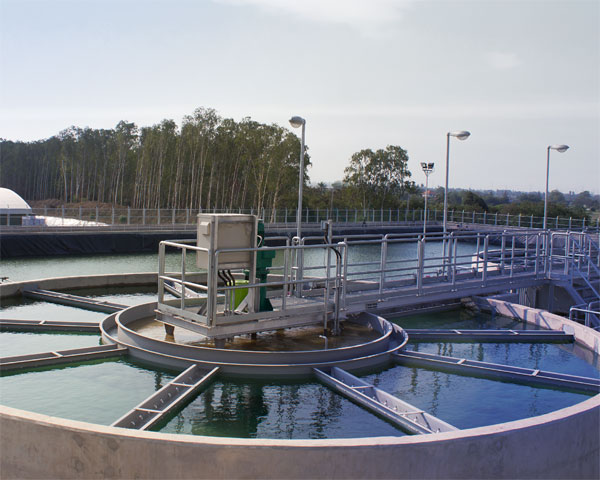
Water/Wastewater systems: SCADA systems monitor and control the water being pumped at wells and treated at water treatment plants. They are used to control flow rate sensors, contaminant sensors, etc., fill overhead storage tanks and control booster pumps to regulate the pressure of water being supplied to users, and many other tasks.
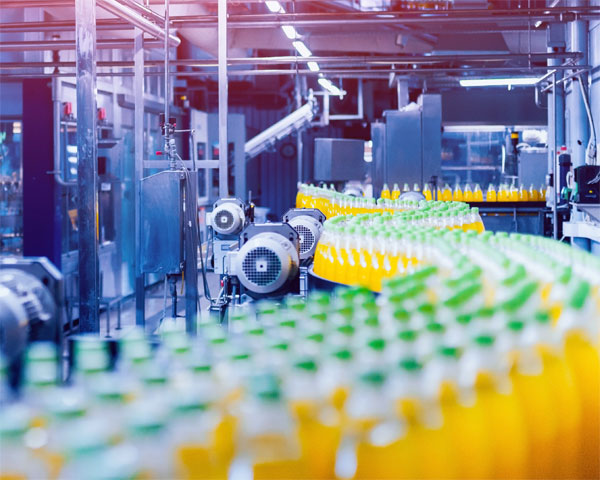
Food/Pharma production: This is a major SCADA application. SCADA is used to monitor and control all phases of production, control the exact mix of ingredients, monitor the time and temperature required to process/manufacture food & beverages or pharmaceutical products. SCADA also helps to document data that proves the production process meets industry standards and governmental regulations.
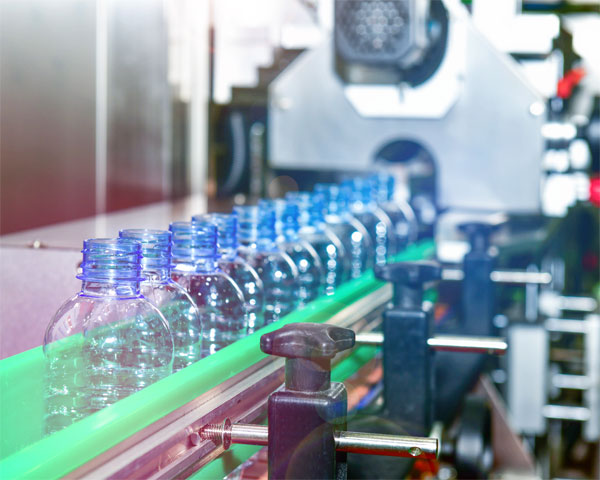
Manufacturing plants: SCADA precisely controls all plant operations, ensuring all systems run smoothly and productivity targets are met. It tracks how many units are produced, measures values like temperature, pressure, humidity, etc. at different production stages, control assembly-line robots, monitor parts usage so just-in-time inventory control is implemented.

Oil & Gas systems: SCADA systems are used to monitor wells and pumping sites, pumping pressure, pipeline flow and compressor stations. It detects anomalies and prevents catastrophic events from occurring – thus enhancing safety.

Electricity Generation, Transmission and Distribution Systems: SCADA is used to monitor every phase of generating electricity from fuel input to electrical output. SCADA also monitors and controls electrical substations and distribution lines. SCADA is utilized to monitor and control the amount of electrical power being transmitted over long distances, and to respond instantaneously to fluctuations in demand.
The application of SCADA in power systems also serves the invaluable purpose of safety and protection – when a transmission line experiences a fault, the system will quickly attempt to clear the fault and restore power.
SUMMARY
SCADA systems are used across industries to automate the control of processes and machines that would otherwise be too complex or dangerous for manual control. Through sensors and measuring devices, SCADA systems can detect abnormal parameters or alarms and automatically respond with a programmed control function.
Messung Industrial Automation & Control has decades of experience designing high-quality, reliable SCADA systems for diverse applications. Messung provides advanced Programmable Logic Controllers (PLCs), Remote I/Os and SCADA systems that are capable of controlling, in a distributed and redundant way, complex industrial processes, machines and high-performance production lines.
As an experienced and leading PLC manufacturer, Messung has the latest technology and extensive industry expertise to deliver custom solutions in control panel design, servo & motion control automation, robot system integration, energy management systems, HVAC systems and much more.
